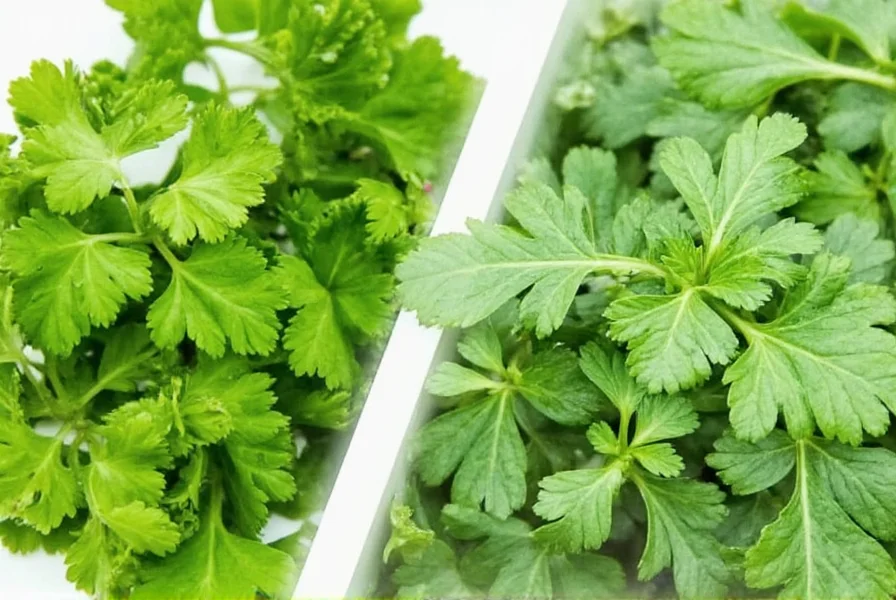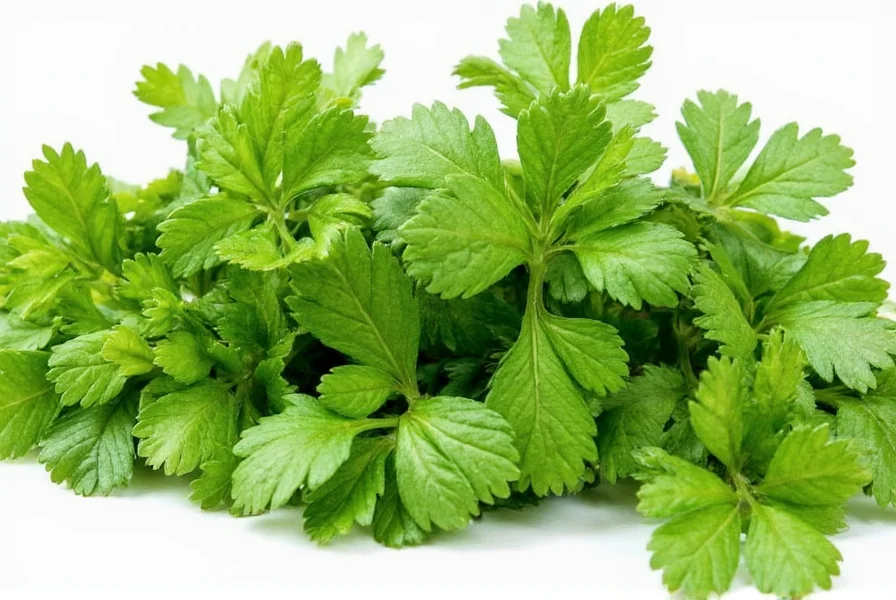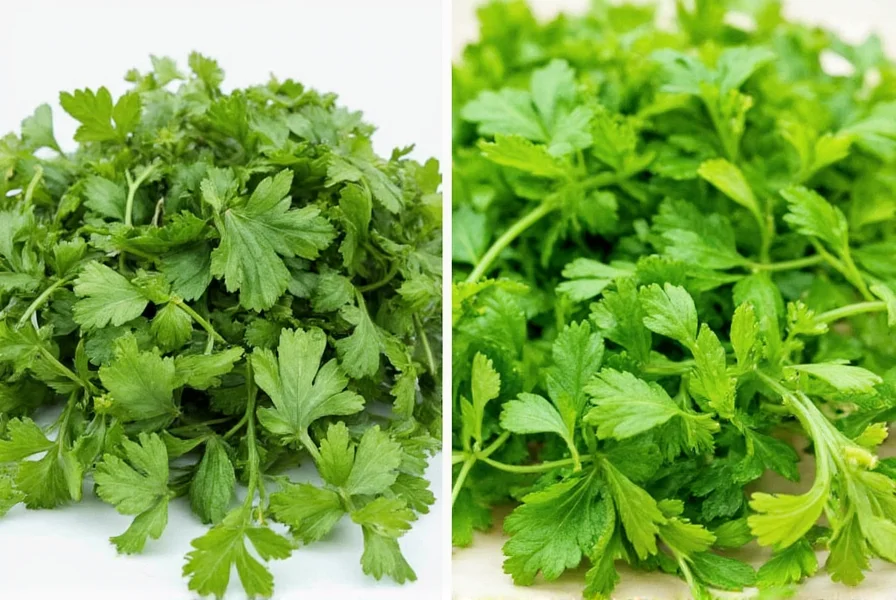Understanding the relationship between cilantro and coriander eliminates confusion in recipes and grocery shopping. This botanical clarification reveals how language and culinary traditions shape our perception of this versatile herb.
Botanical Identity: One Plant, Multiple Names
Coriandrum sativum, an annual herb in the Apiaceae family, produces both the leafy greens known as cilantro and the aromatic seeds called coriander. This single plant offers two distinct flavor profiles used across global cuisines. The fresh leaves have a bright, citrusy taste with soapy notes (for those with the OR6A2 gene), while the dried seeds develop warm, nutty, and slightly citrus flavors when toasted.

Regional Naming Conventions Explained
The terminology divide primarily follows geographical lines:
| Region | Leaves/Stems | Seeds |
|---|---|---|
| United States & Canada | Cilantro | Coriander |
| United Kingdom, Australia, India | Coriander (leaves) | Coriander (seeds) |
| Mexico & Latin America | Cilantro | Cilantro (semillas) or Comino |
This naming variation explains why international recipes sometimes cause confusion. When a British cookbook mentions "coriander," it could mean either the fresh leaves or dried seeds depending on context, while American recipes specify "cilantro" for leaves and "coriander" for seeds.
Visual Identification Guide
Recognizing the different plant parts prevents kitchen mistakes:
- Cilantro (fresh leaves): Delicate, lacy green leaves with rounded edges, growing in clusters from thin stems
- Coriander seeds: Small, round to oval dried fruits (technically schizocarps), tan to brown color, often sold whole or ground
- Roots: Thin, white, and fibrous - prized in Thai cuisine for their intense flavor

Culinary Applications Compared
While coming from the same plant, the different parts serve distinct culinary purposes:
Fresh Cilantro Uses
- Adds bright finish to salsas, guacamole, and ceviche
- Essential in chimichurri and gremolata
- Blended into curries and chutneys
- Used as garnish for soups and stews
Dried Coriander Seed Uses
- Key component in curry powders and garam masala
- Used in pickling spice blends
- Added to baked goods like rye bread
- Infused in marinades for meats
Professional chefs often toast coriander seeds before grinding to enhance their citrusy notes, while cilantro is typically added at the end of cooking to preserve its delicate flavor.
Common Misconceptions Clarified
Several myths persist about this herb:
- Myth: Cilantro and coriander are different plants
Fact: They're parts of the same Coriandrum sativum plant - Myth: Coriander seeds taste like cilantro leaves
Fact: They have distinctly different flavor profiles - leaves are citrusy/fresh, seeds are warm/nutty - Myth: People who dislike cilantro "have a genetic mutation"
Fact: While the OR6A2 gene affects perception, cultural exposure also shapes preference
Practical Cooking Guidance
When navigating recipes with potential terminology confusion:
- Check the recipe's country of origin for naming clues
- Consider whether fresh or dried ingredients make sense in context
- When in doubt, look for descriptors: "fresh coriander" means leaves, "ground coriander" means seeds
- Substitute dried cilantro (rare) with 1/3 the amount of coriander seeds, but note the flavor difference
Understanding that is cilantro and coriander the same herb fundamentally comes down to recognizing regional terminology rather than botanical differences helps home cooks confidently approach international recipes. This knowledge prevents ingredient substitution errors and enhances culinary exploration.
Harvesting and Storage Tips
Maximize freshness with these techniques:
- Store fresh cilantro stems in water (like flowers) with a plastic bag cover in the refrigerator
- Freeze cilantro leaves in olive oil for longer storage
- Keep coriander seeds in airtight containers away from light and heat
- Grind seeds only when needed for maximum flavor retention











 浙公网安备
33010002000092号
浙公网安备
33010002000092号 浙B2-20120091-4
浙B2-20120091-4